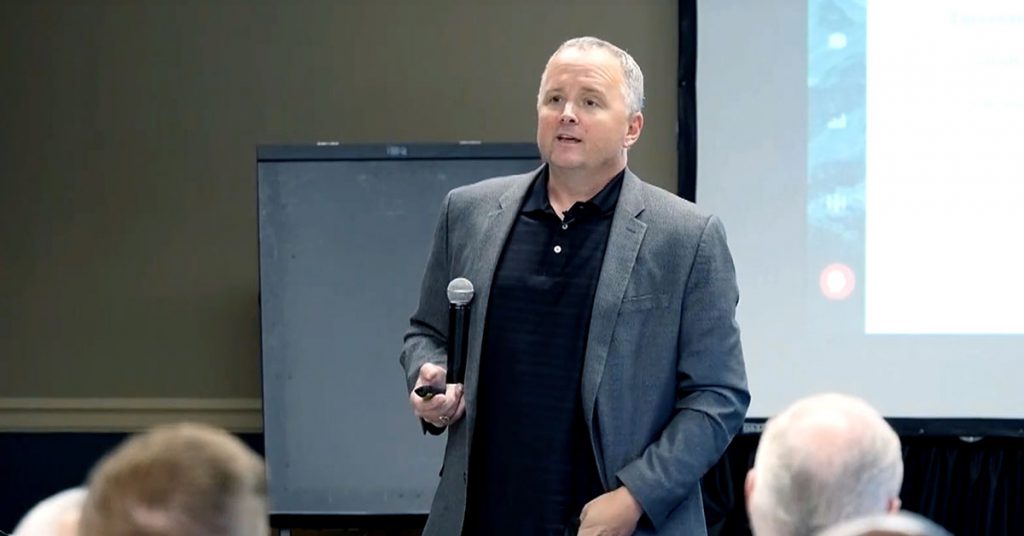How to Change Culture

Changing Culture
So you want to change your company’s culture?
Because you believe that if we can’t change the culture we’ll never be able to be Agile?
The reasoning goes, if we don’t change culture…
People won’t be open to new ways of working. Managers won’t empower their people. People won’t be open to inspecting and adapting. Without inspecting and adapting… no Agile?
Right?
But let’s say you had the ability to flip your company’s culture overnight. People were instantly open to change? Willing to empower their people? Totally open to inspecting and adapting. Excited to become Agile?
What’s Next?
What would you do with your functional organizational hierarchies? Your tightly coupled legacy systems? Your audit controls and governance? Your compliance requirements?
How would you ensure delivery?
How would you give the people spending the money… owners, investors, shareholders… some reasonable assurance that they were going to get the outcomes they are expecting? And paying for?
Culture is important, but if a company can’t operate profitably, make and meet commitments, deliver what it says it’ll deliver to its customer, there won’t be a culture to worry about. Your company will be out of business.
Culture is Secondary
My belief is that culture is a secondary effect of how the organization is designed. How it is structured. How it is governed. How it is measured. It’s an effect of the organizations operating model and incentives.
Asking people to change behavior when the operating model and incentives are out of alignment is a non-starter. Organizational behavior will be perfectly consistent with what you measure and control.
If you want to change how people behave, how they think and feel, you have to change the context in which they operate.
Resistance to Change
People are resistant to change because they know. They know that what they are being asked to do is incongruent with the operating model they live in. They know it’s incongruent with how they are measured and how they are incentivized.
They don’t know how to change the operating model. They don’t have the ability to change the incentives. They don’t have a clearly defined end state, or a clearly defined path to get there, so they freeze.
We think we have a culture problem, but we really have is a cognitive dissonance problem.
Models for Change
If you want an Agile culture, what you need is an Agile operating model.
You have to be able to clearly communicate what that operating model looks like and how it’ll work once it’s built.
You have to be able to clearly articulate how you are going to move the organization into that operating model.
How are you going to measure intermediate progress? How are you going to know when you are done?
What does success look like? How will you know you’ve achieved it?
Overcoming Resistance
The resistance you are getting isn’t a culture problem, it’s a rational response to the cognitive dissonance created by the inability to answer these questions. When people ask hard questions, that is an opportunity to have clear answers. It’s an opportunity to help alleviate that cognitive dissonance created when people don’t know.
What I’ve found over the past 11 years of building LeadingAgile’s change management approach, is that if you can describe clearly what the operating model is going to look like when you’re done, you can clearly describe what it’s going to take to make the change, you can clearly describe the real barriers to change and what you are going to do about them, when you have a clear path to measure against and a clear set of metrics to know when you have achieved your goals, you can get people to move.
Creating the Conditions
Once you have gotten them to move.
And they are working in the new operating model.
Where the behavior changes you are asking people make sense.
When the behavior results in better business outcomes.
Once they see the financial gains of the new way of working.
Culture magically changes.
Agile is About Culture
Agile is about culture… but it’s not really about culture. It’s about creating the conditions where an Agile culture can be nurtured and emerge.
Creating those conditions doesn’t require culture change either.
It requires focusing on better business outcomes. Being able to articulate an operating model that will achieve them and having a plan to get there.




